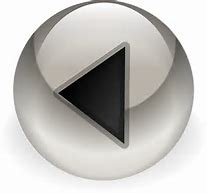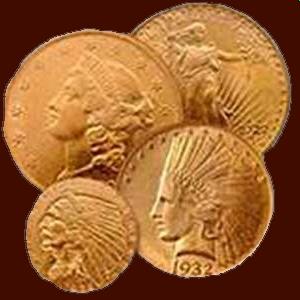








Designed by Nigel G Wilcox






The Paragon Of Metal Detecting
Powered By Sispro1
British Sterling Currency - Numismatics,
Half Penny
For Reference ONLY
Everything For The Detectorist
Half Penny

Henry I 1100-1135 AD
The British halfpenny coin was worth 1/480th of a pound sterling. At first in its 700 year history it was made from silver but as the value of the pound declined, the coin was made from base metals. It was finally abandoned in 1969 as part of the process of decimalising the British currency. A halfpenny, colloquially written ha'penny, was pronounced /'he?p?ni/ HAY-p?-nee ; 1½d was spoken as a penny ha'penny /?'p?ni'he?pni/ or three ha'pence /?ri?'he?p?ns/
A few Henry I silver halfpennies have been discovered recently. The issue is possibly a pattern or trial, but it is obvious that several specimens entered circulation. The obverse features an uncrowned front-facing bust of the king, with the inscription HENRIC REX - King Henry - while the reverse features a cross with the identification of the moneyer GODWIN A ON WI - Godwin of Winchester.
Two issues, both struck at the London mint, have been discovered recently. Both are in the short-cross style of King Henry III , produced between 1216 and 1247, and are similar in design to the pennies, but only half the size. The obverse shows a crowned bust of the king holding a sceptre, with the inscription HENRICUS REX, while the reverse shows a small cross with four pellets in each quarter with the moneyer's inscription TERRI (or ELIS) ON LUND - Terry (or Elis) of London.
Unique Henry I 'Pointing Bust and Stars' Cut Halfpenny.
Silver, 0.62 grams, 19.02 mm. Circa 1107 AD. BMC VI. Obverse: +h EN[RIC REX], crowned bust three quarters right holding sceptre in right hand and pointing with left; in field three stars. Reverse: +SAP[ ] SAL, Sawulf at Salisbury mint, around cross pattee over saltire with four annulets at the end of each limb; in each angle a star. Recorded with the Fitzwilliam Museum at Cambridge University as: EMC 2008.0412. N. 862; BMC. vi; S. 1267. Extremely fine and unique with this moneyer. Found Stowmarket, Suffolk. The three stars that appear on the type 6 pennies are said to represent the comets associated with Norman victories, also they could represent the two comets that appeared in the night sky’s the year Henry I was born.
The British halfpenny coin was worth 1/480th of a pound sterling. At first in its 700 year history it was made from silver but as the value of the pound declined, the coin was made from base metals. It was finally abandoned in 1969 as part of the process of decimalising the British currency. A halfpenny, colloquially written ha'penny, was pronounced /'he?p?ni/ HAY-p?-nee ; 1½d was spoken as a penny ha'penny /?'p?ni'he?pni/ or three ha'pence /?ri?'he?p?ns/
A few Henry I silver halfpennies have been discovered recently. The issue is possibly a pattern or trial, but it is obvious that several specimens entered circulation. The obverse features an uncrowned front-facing bust of the king, with the inscription HENRIC REX - King Henry - while the reverse features a cross with the identification of the moneyer GODWIN A ON WI - Godwin of Winchester.
Two issues, both struck at the London mint, have been discovered recently. Both are in the short-cross style of King Henry III , produced between 1216 and 1247, and are similar in design to the pennies, but only half the size. The obverse shows a crowned bust of the king holding a sceptre, with the inscription HENRICUS REX, while the reverse shows a small cross with four pellets in each quarter with the moneyer's inscription TERRI (or ELIS) ON LUND - Terry (or Elis) of London.
Unique Henry I 'Pointing Bust and Stars' Cut Halfpenny.
Silver, 0.62 grams, 19.02 mm. Circa 1107 AD. BMC VI. Obverse: +h EN[RIC REX], crowned bust three quarters right holding sceptre in right hand and pointing with left; in field three stars. Reverse: +SAP[ ] SAL, Sawulf at Salisbury mint, around cross pattee over saltire with four annulets at the end of each limb; in each angle a star. Recorded with the Fitzwilliam Museum at Cambridge University as: EMC 2008.0412. N. 862; BMC. vi; S. 1267. Extremely fine and unique with this moneyer. Found Stowmarket, Suffolk. The three stars that appear on the type 6 pennies are said to represent the comets associated with Norman victories, also they could represent the two comets that appeared in the night sky’s the year Henry I was born.
Royal Monarchy
Copyright © All Rights Reserved by Nigel G Wilcox · · E-Mail: ngwilcox100@gmail.com
INFORMATION DATA
6. S. Menu
Pages


Henry I
We do NOT buy or sell coins
Main Coin Menu

VIEW ALL MENUS
Member NCMD
























